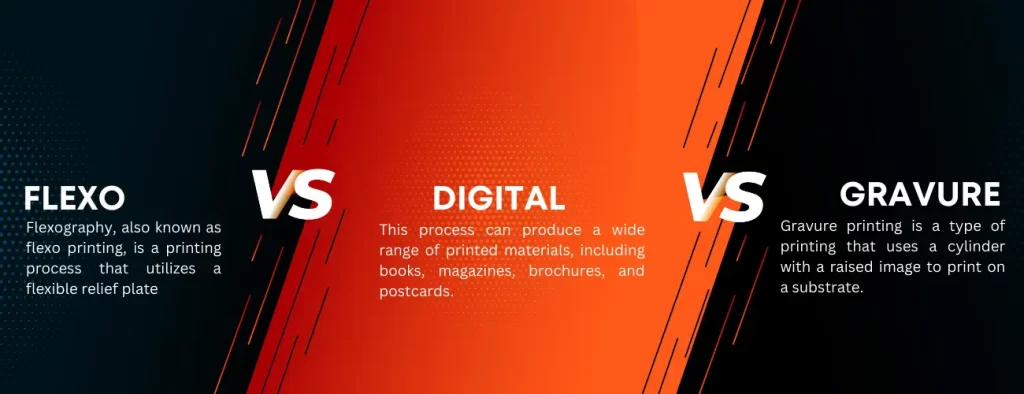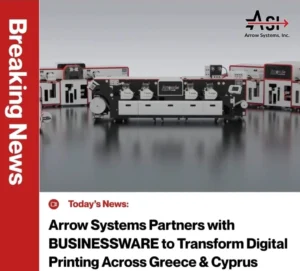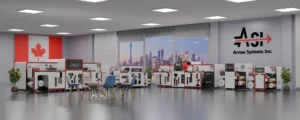Table of Contents
Gravure, Flexo, and Digital Printing: Which Method is Best for You?
It is indeed tough to decide which printing method would suit your project. Gravure, flexo, and digital printing have their benefits and drawbacks, making them difficult to choose from. In this blog post, we’ll look at varied printing methods that would help you decide the apt fit for your business.
What is gravure printing?
Gravure printing is a type of printing that uses a cylinder with a raised image to print on a substrate. The printing ink is transferred from the expanded image to the substrate, which gives the Gravure printing method its distinct appearance.
What is flexo printing?
Flexography, also known as flexo printing, is a printing process that utilizes a flexible relief plate. This type of printing is often used for packaging and labelling because it can produce high-quality prints quickly. The flexo printing process involves using an ink roller that transfers the ink to the printing plate. The plate is then wrapped around a cylinder, which prints the image onto the substrate.
What is digital printing?
Digital printing is printing from a computer file to a digital printer. Rather than printing from a plate, digital printing reproduces an image directly from a computer file. This process can produce a wide range of printed materials, including books, magazines, brochures, and postcards.
How do gravure, flexo, and digital printing compare?
Gravure printing is an intaglio printing where the image is etched into a plate with small wells. Ink is then forced into the wells to create the image. Gravure printing is often used for high-quality, high-volume printing.
Flexo printing is a pattern of relief printing in which the image is heightened above the surface of the printing plate. Ink is then forced into the recesses of the image to create the image. Flexo printing is often used for high-quality, low-volume printing.
Digital printing is a type of printing where an image is created using a digital printer. Digital printing is often used for low-quality, high-volume printing.

Which printing method is best for you?
There are a few different methods to choose from when it comes to printing. Each method has its benefits and disadvantages, so it’s crucial to have the most appropriate printing method for your needs.
The most common printing method is laser printing. It is an excellent option if you desire to have high-quality prints that are ready to use right away. Laser printers are also relatively affordable, making them a popular choice for home users.
Another standard printing option is inkjet printing. This method produces high-quality prints but can be more expensive than laser printing. Inkjet printers are also slower than laser printers, so they may not be the best choice if you require to generate a considerable quantity of prints faster.
Consider using a photocopier if you’re looking for a more affordable printing option. Photocopiers are available for a fraction of the cost of laser or inkjet printers and can produce good-quality prints. However, photocopiers can be slow and often produce lower-quality images than laser or inkjet printers.
So, which printing method is best for you? It depends on your needs and budget. If you need high-quality prints and don’t mind spending more, inkjet printing is a good option. And if you seek a cost-effective or more affordable option, photocopying is a good choice. Also, if you need a high volume of prints quickly, laser printing is the best option.
By now you must have got which printing method is apt for you.
Flexo printing is a pattern of relief printing in which the image is heightened above the surface of the printing plate. Ink is then forced into the recesses of the image to create the image. Flexo printing is often used for high-quality, low-volume printing.
Digital printing is a type of printing where an image is created using a digital printer. Digital printing is often used for low-quality, high-volume printing.
Trending Post
Recent Blog Post

Breaking News: Arrow Systems Partners with BUSINESSWARE to Transform Digital Printing Across Greece & Cyprus

Sid Sistemas de Impresión in Spain Installs ArrowJet Aqua 330R and DPR Taurus to Bolster Label Production

